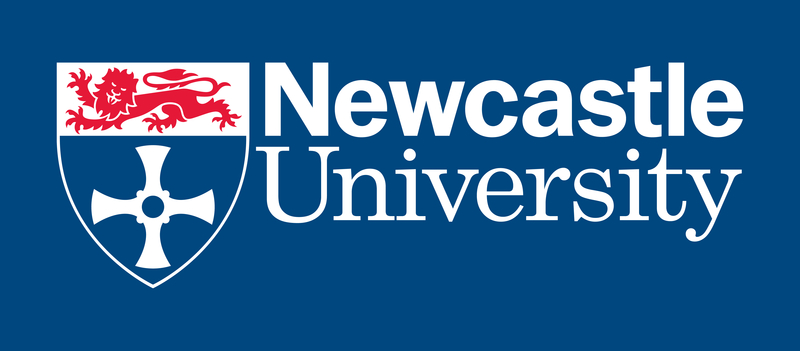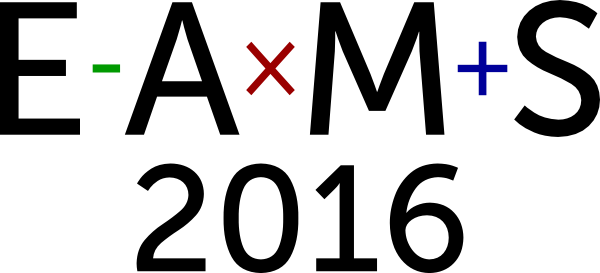Using Numbas for online learning and e-assessment in a basic mathematical subject, a Norwegian approach
Digital sources and tools being used in teaching and dissemination of knowledge is getting better. Those elements gives new opportunities at the intersection of pedagogical and didactic challenges around building up the content and dissemination of a subject.
Blended learning is a concept of an educational learning program involving:
- one part through prepared online learning, with some element of student control over time and place
- one part in a supervised brick-and-mortar location at a university campus
- focus on if modalities along each student’s learning path within a course or subject are connected to provide an integrated learning experience.
The majority of blended-learning programs resemble one of four models: Rotation, Flex, A La Carte, and Enriched Virtual. The Rotation model includes four sub-models: Station Rotation, Lab Rotation, Flipped Classroom, and Individual Rotation.
In this presentation we will focus on the use of Numbas as system for the development of a digital compendium and as a learning aid in a basic math subject. A student adviser binds the different theoretical modules together in a natural scientific context, and associated exercises show the candidate’s learning progress. The concept will function both as an introduction to, as appetizer and as a first individual online introduction to each theory module. Specialization, greater understanding and reflection develops when students meet in the study workshop with teacher-guided practice or projects.


